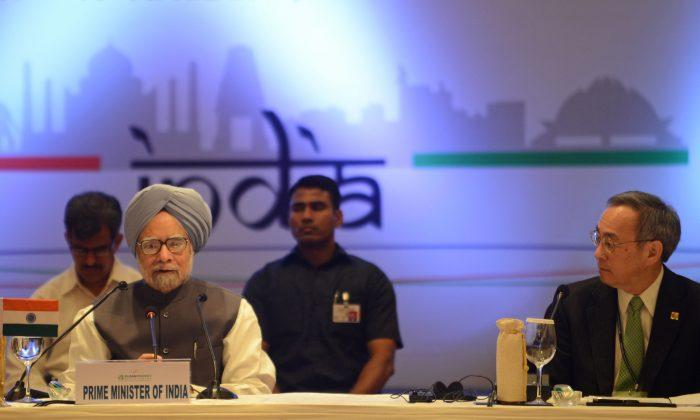India targets to double its renewable energy capacity in the next five years, as a step ahead to increase its energy consumption efficiency.
“It is proposed to double the renewable energy capacity in our country from 25, 000 MW in 2012 to 55, 000 MW by the year 2017,” said Prime Minister Dr. Manmohan Singh, in his inaugural address at the fourth Clean Energy Ministerial (CEM) in New Delhi on April 17.
The strategy would include exploiting non-conventional, clean energy sources, like solar and wind power, and energy from biomass.
India’s 12th Five Year Plan recognizes the importance of evolving a low carbon strategy and envisages an expanded role for clean energy sources in order to achieve sustainable growth.
“We have set ourselves a national target of increasing the efficiency of energy use to bring about a 20 to 25 percent reduction in the energy intensity of our GDP by 2020,” he said.
However, according to the prime minister, the pace at which India can expand its reliance on these new energy sources is constrained by the fact that these are more expensive than conventional energy.
“The cost of solar energy for example has nearly halved over the last two years, though it remains higher than the cost of fossil fuel based electricity. If the cost imposed by carbon emissions is taken into account, then solar energy is more cost effective, but it is still more expensive.”
According to the Planning Commission of India, the broad vision behind country’s integrated energy policy is to reliably meet the demand for energy services of all sectors including the lifeline energy needs of vulnerable households in all parts of the country with safe, clean, and convenient energy at the least-cost.
This must be done in a technically efficient, economically viable and environmentally sustainable manner using different fuels and forms of energy, both conventional and non-conventional
Placing hopes on the probability of falling costs in this area, he said India has launched a Jawaharlal Nehru National Solar Mission to develop 22,000 MW of solar capacity by the year 2022 covering both solar photovoltaic and solar thermal.
“A solar capacity of about 1500 MW has already been installed in the country, and an additional 10,000 MW will be implemented by the end of the 12th Five Year Plan, ending in 2017.”
The CEM participants consist of 23 governments that account for 80 percent of global greenhouse gas emissions and 90 percent of global clean-energy investment.
The prime minister said industrialized nations, which were historically responsible for the bulk of the accumulated greenhouse gas emissions, should come up with solutions to mitigate climate change.
“They are technically most advanced and to that extent best placed to provide workable solutions not only for themselves but for the whole world. Unfortunately, progress in these negotiations is painfully slow,” he said.
As is a fast growing economy with a very low consumption of energy, India has a significant share of coal in its primary energy mix; in the year 2004, India’s carbon-dioxide emissions from fossil fuel combustion were estimated at about 1.1 billion metric ton, according to the Planning Commission of India.
For India, ensuring lifeline supply of clean energy has become the first prerequisite for nurturing inclusive growth and meeting the millennium development goals.




